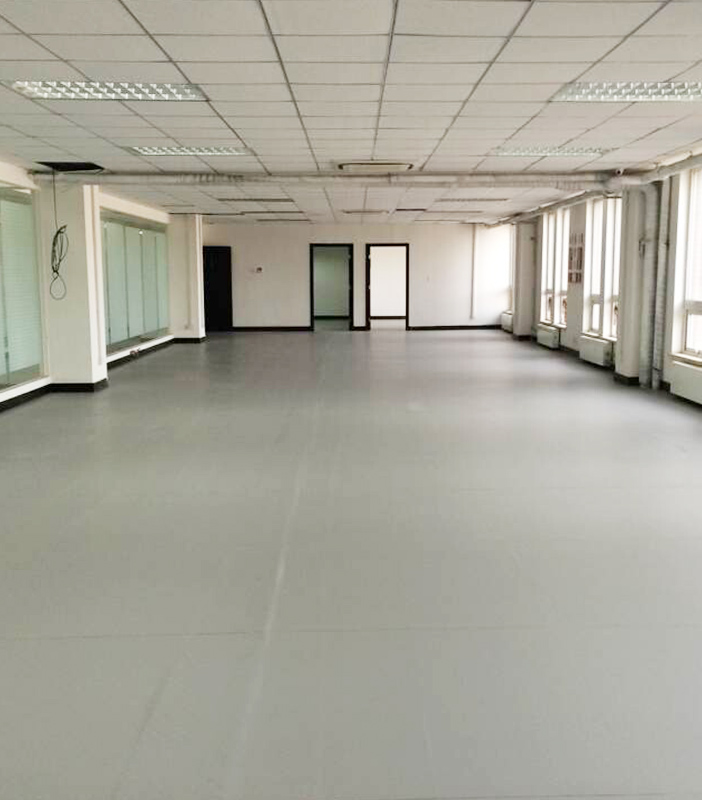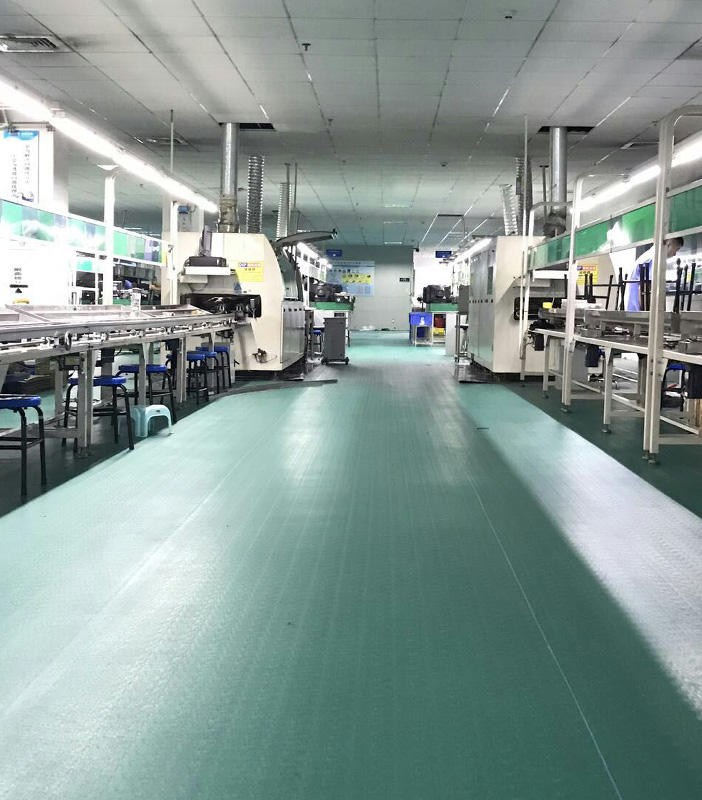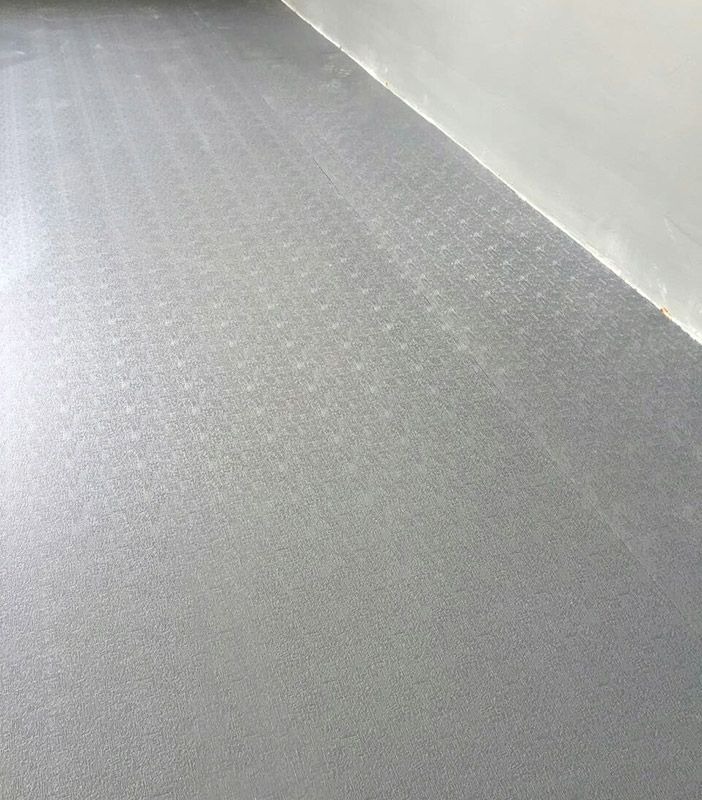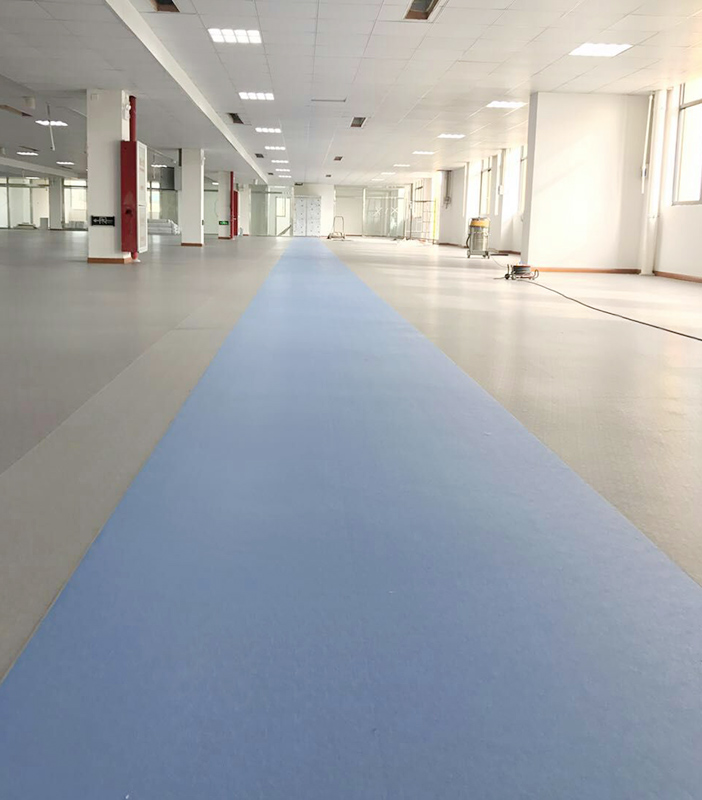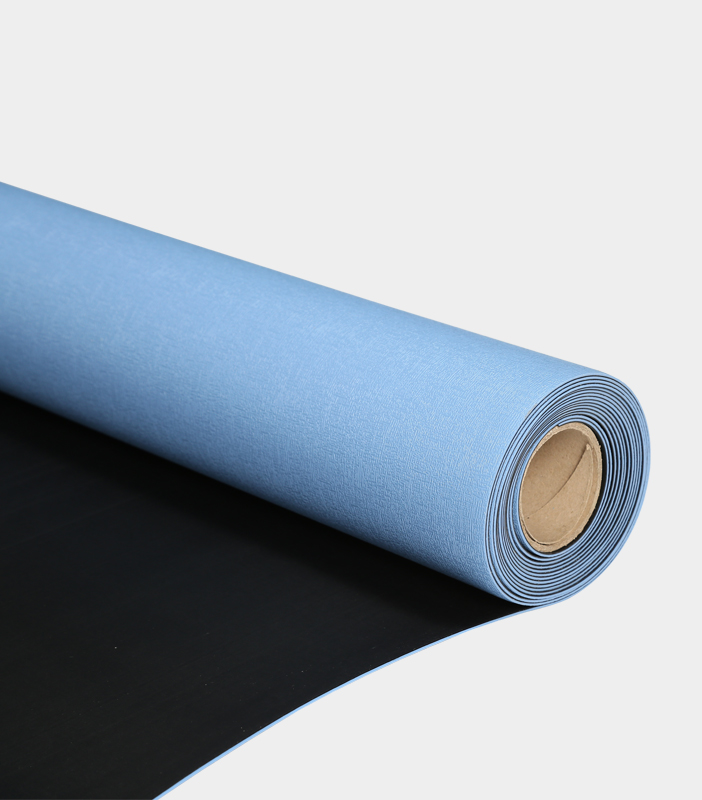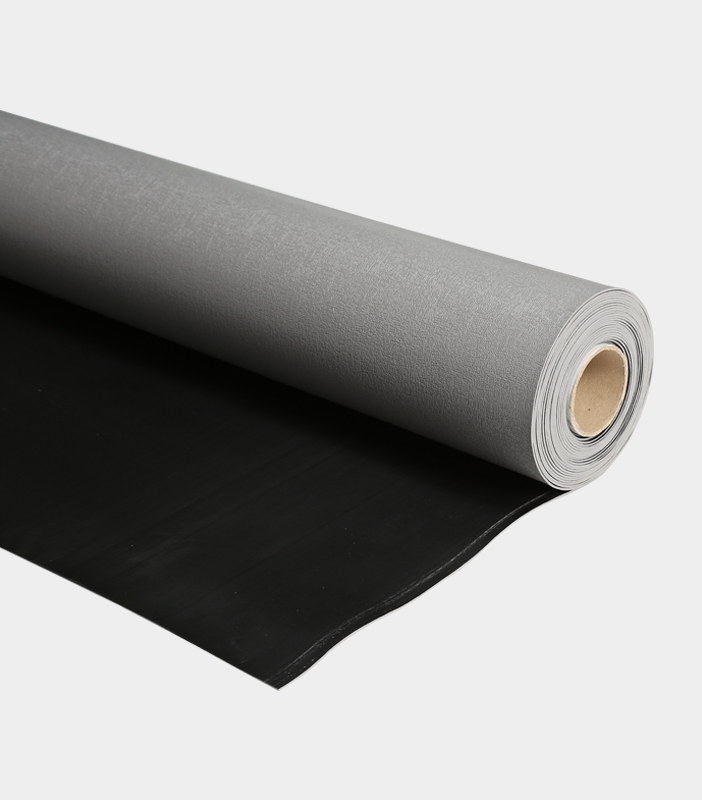In indoor environments, especially those with high foot traffic and a need for fire safety, the choice of flooring materials is critical. Fire-retardant vinyl flooring, often known as fire-resistant floor coverings, has emerged as a key solution to enhance fire safety across various industries and settings.
Fire Retardant Vinyl Flooring, also referred to as Fire-Resistant Floor Covering, is engineered to withstand and mitigate the spread of fire. It offers several crucial contributions to fire safety in indoor environments:
1. Fire Resistance and Delay: Fire-retardant vinyl flooring is designed with materials that have inherent fire-resistant properties. In the event of a fire, it resists ignition and delays the spread of flames, providing valuable time for evacuation and fire containment efforts.
2. Low Smoke Emission: One of the critical factors in fire safety is the generation of smoke and toxic gases. Fire-resistant vinyl flooring emits minimal smoke when exposed to fire, reducing the risk of smoke inhalation and aiding visibility for escape.
3. Non-Combustible Material: Fire-retardant vinyl flooring materials are non-combustible, meaning they do not contribute to the fuel source of a fire. This characteristic helps contain fires and prevent them from escalating.
Fire-retardant vinyl flooring finds applications across a wide range of indoor environments, including but not limited to:
1. Healthcare Facilities: Hospitals, clinics, and assisted living centers benefit from fire-retardant flooring due to the presence of sensitive medical equipment and the need for rapid, orderly evacuation during emergencies.
2. Educational Institutions: Schools, colleges, and universities prioritize fire safety. Fire-resistant vinyl flooring helps protect students and staff by delaying the spread of fire and reducing smoke hazards.
3. Commercial Spaces: Office buildings, retail stores, and commercial complexes choose fire-retardant flooring to safeguard occupants and assets from fire-related risks.
4. Hospitality Industry: Hotels and resorts opt for fire-resistant flooring to ensure guest safety and comply with stringent fire safety regulations.
5. Industrial Facilities: Manufacturing plants, warehouses, and storage facilities with fire hazards benefit from fire-retardant flooring to mitigate the risk of fire accidents.
In addition to fire resistance, some vinyl flooring options offer anti-static properties, making them suitable for environments where electrostatic discharge (ESD) control is essential. Anti-static vinyl fire-retardant tarps, for instance, are particularly valuable in settings like electronics manufacturing and data centers, where the prevention of static-related fires is critical.
Fire-retardant vinyl flooring is designed and tested to meet rigorous safety standards and regulations. Compliance with national and international fire safety standards, such as NFPA 101 Life Safety Code and ASTM E648, ensures that these flooring materials reliably contribute to fire safety in various indoor environments.
Fire-retardant vinyl flooring stands as a dependable choice for enhancing fire safety in a variety of indoor environments. Its inherent fire resistance, low smoke emission, and non-combustible properties offer valuable protection in the event of a fire, allowing occupants to evacuate safely and reducing the risk of fire-related damage.
Additionally, the incorporation of anti-static properties in some vinyl flooring options extends their suitability to environments requiring both fire safety and electrostatic discharge control. By complying with established safety standards, fire-retardant vinyl flooring remains a critical component in safeguarding lives and property in diverse indoor settings.

 简体中文
简体中文 English
English España
España Deutsch
Deutsch